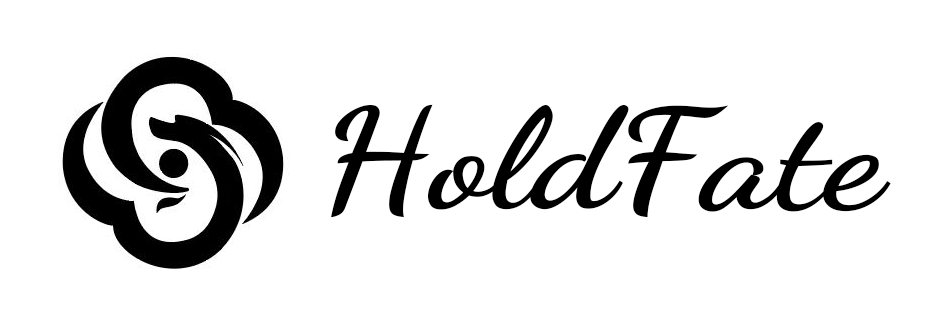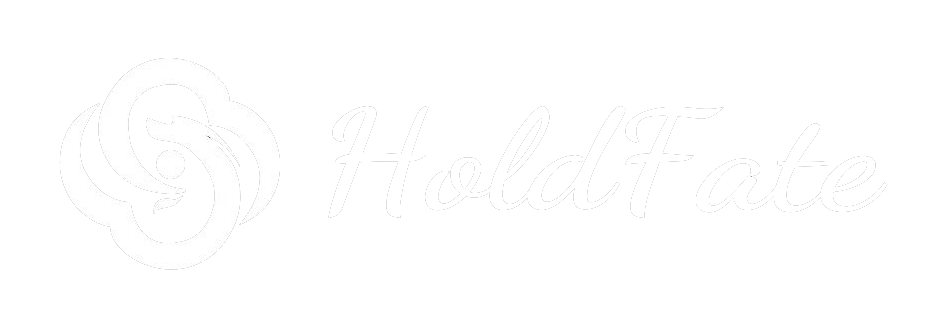No products in the cart.: $0.00
What is the role of Five Elements in feng shui?
Have you ever wondered why some spaces just feel “right” while others make you uneasy for no apparent reason? The ancient Chinese art of feng shui has been answering this question for millennia, and at its core lies the fascinating interplay of the Five Elements. Unlike Western design principles that focus mainly on aesthetics, feng shui uses Metal, Wood, Water, Fire and Earth to create energy flows that can literally change how we experience a space. I remember visiting a modern Hong Kong apartment that followed strict feng shui principles – the strategic placement of a small metal sculpture near the entrance and wooden furniture in the study created an unexpectedly calming effect.
The Five Elements as Feng Shui’s Building Blocks
In feng shui practice, the Five Elements aren’t just symbolic – they’re the actual materials, colors and shapes we use to shape energy. A black marble floor (Water element) in a corporate lobby isn’t chosen just for its sleek appearance, but because Water represents career flow in feng shui. That vibrant red accent wall (Fire) in a restaurant? It’s intentionally placed in the Fame area of the space to attract attention and recognition. What’s remarkable is how these elemental placements often align surprisingly well with modern psychological responses to environments.
Element Cycles in Space Design
The real magic happens when we use the generating and controlling cycles together. A well-designed bedroom might feature wooden furniture (Wood) with blue bedding (Water) to create a nurturing generating cycle for rest, while strategically placed metal lamps (Metal) prevent the Wood energy from becoming too dominant. I’ve seen office designs where the creative department gets more Fire elements while accounting gets Earth-dominant setups – it’s incredible how employees often naturally gravitate toward these elemental zones that match their work functions.
Modern feng shui masters like Joey Yap have successfully adapted these ancient principles to contemporary architecture. In one case study, balancing Water and Fire elements in a struggling retail space reportedly increased foot traffic by 30% within months. Whether you view it as energy manipulation or psychological priming, the Five Element system continues to prove its relevance in creating harmonious environments today.



 Please wait…
Please wait…